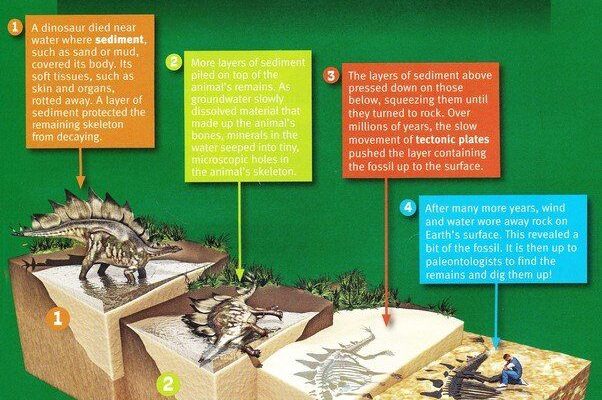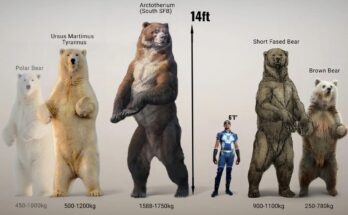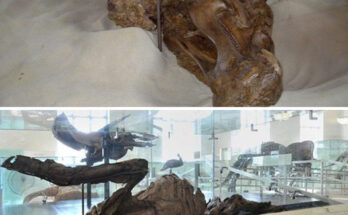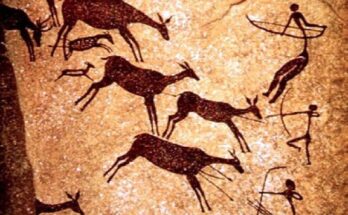The Fascinating Process of How Bones Turn Into Stone: A Deep Dive into Petrified Fossils
Fossils are incredible remnants of ancient life, offering a glimpse into the distant past when dinosaurs roamed the Earth. Have you ever wondered how the hard body parts of a dinosaur’s skeleton—such as bones, teeth, and claws—transform into the petrified fossils we marvel at today? This detailed guide, inspired by an engaging educational chart, walks you through the four key stages of this natural process. Perfect for curious minds, students, and fossil enthusiasts, this post explores the journey from a dinosaur’s death to the discovery of its fossilized remains, blending science with captivating visuals.

1. A Dinosaur’s Death and Initial Burial
The process begins where a dinosaur dies near water, such as a river or lake, where sediment—comprising sand or mud—is readily available. As the dinosaur’s soft tissues, skin, and organs decay and rot away, a layer of sediment covers its body. This protective covering shields the skeleton from scavengers and environmental damage, marking the start of fossilization. The chart vividly depicts a dinosaur standing near water, with sediment beginning to encase its form, setting the stage for the long preservation process that follows.
2. Accumulation of Sediment Layers
Over time, more layers of sediment pile on top of the dinosaur’s remains. As groundwater slowly dissolves the animal’s bones, minerals in the water seep into the microscopic holes within the skeleton. This stage, illustrated in the chart with a cross-section of layered earth, shows how the accumulation of sediment and the infiltration of minerals begin to replace the organic material. This gradual process, known as permineralization, hardens the bones, laying the foundation for their transformation into stone over millions of years.
3. Tectonic Movement and Uplift
The Earth’s dynamic nature comes into play as the layers of sediment above and below are pressed down and squeezed over millions of years. The slow movement of tectonic plates pushes the layer containing the fossil upward, bringing it closer to the surface. The chart highlights this stage with an image of a tilted rock formation, emphasizing how these powerful geological forces shift the fossil-bearing layers. This uplift is a critical step, positioning the fossil for eventual exposure after eons of being buried deep underground.
4. Erosion and Discovery
After many more years, wind and water wear away the rock on Earth’s surface, revealing the fossil. This erosion process exposes the petrified remains, making them accessible for paleontologists to find and dig up. The chart’s final image shows a scientist carefully excavating a fossil, underscoring the role of natural erosion and human effort in bringing these ancient treasures to light. This stage completes the journey, turning a buried skeleton into a tangible piece of history for study and admiration.
The Science of Petrification
Petrified fossils form through a remarkable natural process where minerals replace the original bone material, preserving its structure in stone. The rapid burial in sediment prevents decay, while the slow infusion of minerals ensures durability. Tectonic movements and erosion then work in tandem to reveal these fossils, offering a window into prehistoric life. This transformation can take millions of years, making each fossil a rare and precious artifact.
Why This Matters
Understanding how bones turn into stone deepens our connection to Earth’s ancient past. These fossils provide critical insights into dinosaur anatomy, behavior, and the environments they inhabited. The chart, with its detailed illustrations of each stage, serves as an excellent educational tool, making this complex scientific process accessible and engaging for learners of all ages. Whether you’re exploring a museum or imagining a dinosaur’s final moments, this guide brings the story of petrification to life.
Embark on this geological adventure and uncover the wonders of how bones become stone—a testament to the Earth’s enduring ability to preserve its history!
This detailed description is tailored for a website post, providing a thorough exploration of each stage of petrification while leveraging the visual elements from the chart to enhance the educational narrative.



